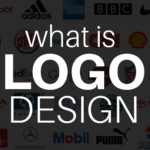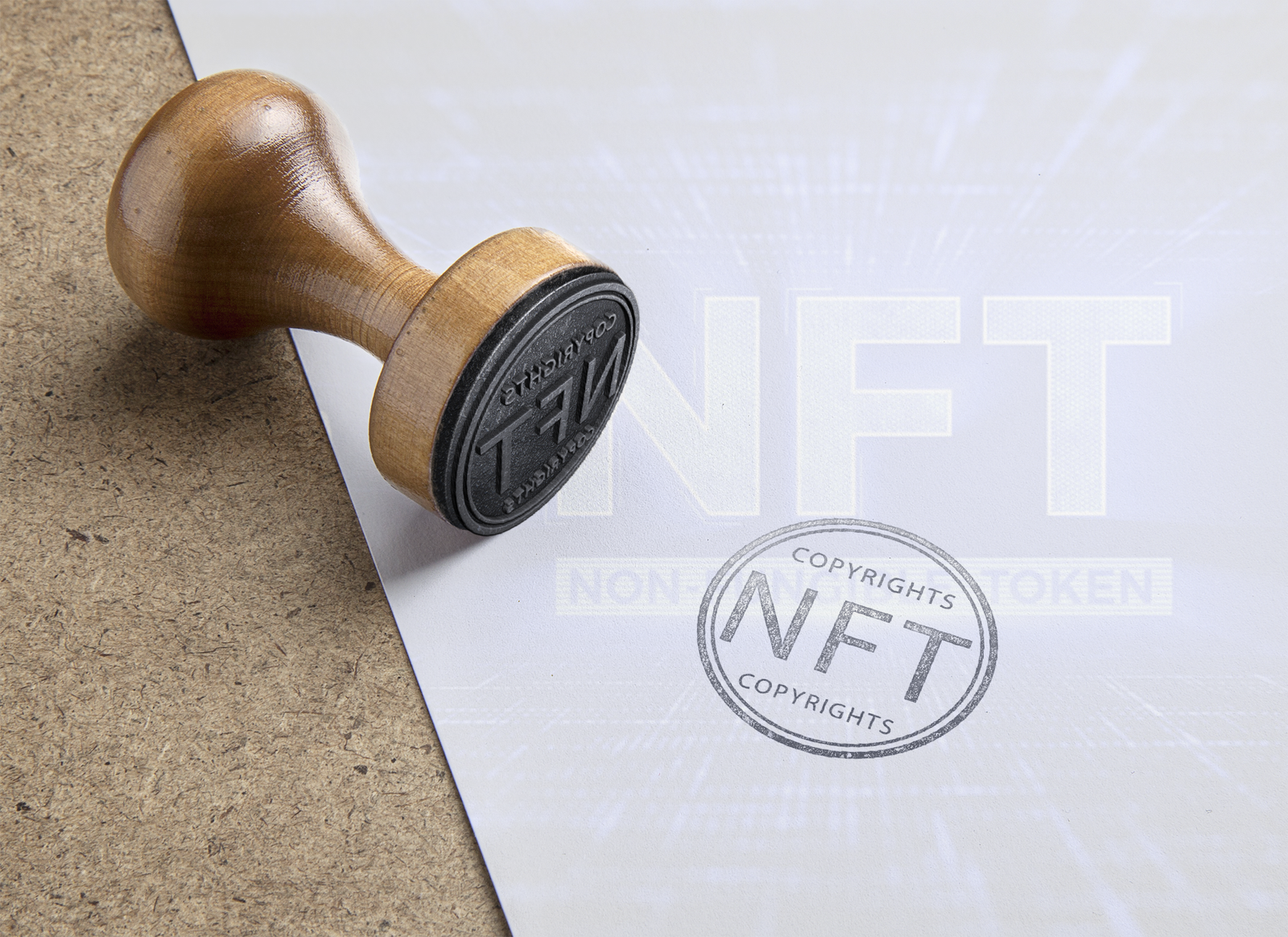Since people have been paying insane prices for Cryptopunks, NBA highlights, and, in one case, 69 million dollars for a JPEG. It’s important to understand what you are actually getting when you buy an NFT. We’re going to address considerations in buying, managing, and creating NFTs. Before we get into the essentials of NFTs, make sure you have a good working knowledge of what they actually are first. NFTs are tokens that live on a blockchain and represent ownership of unique items that cannot be exchanged. We have a whole article on Introduction to NFT, give it a read for better understanding.
NFT and Copyright
The basic assumption is that, NFT ownership does not necessarily equal copyright ownership. In other words, you can own the object, but you may not own the copyright associated with said object. Copyright is not simply one right but a whole bundle of rights, and many of them remain firmly within the grasp of the original creator of the work. When you own a copyright, you typically own six exclusive rights:
- The right to reproduce and make copies of an original work
- The right to prepare derivative works based on the original work
- The right to distribute copies to the public by sale or another form of transfer such as rental or lending
- The right to perform the work in public
- The right to display the work in public,
- The right to perform sound recordings publicly through digital audio transmission.
So let’s look at an example. Suppose you visit an art gallery and decide to purchase a painting for your home. You now own that painting, and you hang it up in your living room. You can have it on display. But that doesn’t mean you can reproduce the painting, make derivative works from it or distribute copies of it. You own the physical painting, but the underlying copyright interests are still in the hands of the artwork’s creator.
What rights do you get when you buy an NFT?
The truth is, less than you might think! More often than not, you don’t automatically get full transfer of copyright. However, you do own the underlying NFT. You have the authority to trade it, sell it on a marketplace, give it away, or even burn it if you want. When you buy an NBA Top Shot moment, you are granted a license to use the Top Shot moment for personal, non-commercial use. The license also gives you the ability to display and sell your moment on marketplaces that perform cryptographic checks on NFTs. You can even display your moments on third-party websites and applications, depending on a few terms and conditions.
When you compare a physical painting with an NFT, the rights you obtain through purchase are identical. The operative term here is non-commercial. That means you are allowed to display your artwork, and you can sell it on a marketplace and so on. But once your use crosses into commercial territory, you are more than likely violating copyright.
How exactly do you get these rights?
Another questions arises, if these rights are so valuable, how exactly do you get them? This can only be achieved at the creator-level. The creator has to precisely agree in writing to convey these rights to you. Aside from that, you can expect that any NFT you buy will only afford you certain rights unless otherwise stated. There are cases where the original copyright holder grants full rights to the buyer of an NFT. Now let’s tie this all together.
Is that NFT really yours?
Yes!
Does owning it grant you every right?
Usually, no.
Does this make NFTs less valuable?
Absolutely not!
In the past, art and collectibles have been bought and sold for millions of dollars, be they NFTs or otherwise. Now, just because you don’t have the copyright to a holographic Charizard card doesn’t mean you can’t sell it to Logan Paul (an American YouTuber) for 150 grand.
Now, what about NFT creators themselves?
What if you create an NFT using copyrighted or syndicated material from the Star Wars Universe or the Marvel Universe without permission? Can you get yourself into difficulty? This is a controversial issue. Since comic book artists argue that they are being restrained from making money off their original works in a modern digital world. So, if you are not the original creator or copyright holder of a piece of intellectual property, you could very well find yourself involved in a lengthy legal battle. With the sheer quantity of intellectual property disputes in progress and the mounting issues concerning copyright, this is likely to remain
“A thorny copyright issue that could grow larger,” as this article from Decrypt.com puts it.
In short, use existing IP without permission at your own risk!
AnyTask.com
Now, maybe you love NFTs but don’t really have the skill or patience to create them. This is where AnyTask.com comes in really handy! AnyTask.com is a global freelance marketplace where you can hire professionals to assist you with anything you might need. So, if you want an NFT artist to create a custom piece of art for you, then AnyTask.com is the perfect place to find them! Unlike other freelance platforms, AnyTask.com accepts payment in crypto. By making use of Electroneum’s services, sellers don’t need a bank account to receive payments, and what’s more, they don’t have to pay seller’s fees either. Do you have a creative idea for an NFT? Then head over to AnyTask.com and get going!
How NFT’s and Crypto Art Impact the Environment?
Did you know NFT’s have a secret. These non-fungible tokens share a harmful characteristic with cryptocurrencies, in that they both use a lot of energy. Greenhouse gas emissions are tied to NFT’s. So let’s talk more about the climate debate streaming around the NFT’s.
How exactly NFT’s and cryptocurrency/crypto art are is impacting the environment? It’s important to note first that not all cryptocurrencies not all blockchain technologies are the same. NFT’s however are at least partially responsible for the tons of greenhouse gas emissions tied to the cryptocurrencies used to buy and sell them. Primarily, ethereum which is based on a model that is heavily polluting called proof of work which is used to keep the blockchain secure.
Impact of NFT’s on the Environment
NFT is an individual piece of crypto art and it’s largely bought and sold with the cryptocurrency, ethereum. And ethereum is responsible for a lot of greenhouse gases actually by estimates as much as the entire country of Libya. And how does that work? Why is that? The answer is when you are using this particular currency (ethereum) it results in something that produces greenhouse gases. So, cryptocurrencies are decentralized ledgers and so with a blockchain like ethereum since you have no central authority like a bank to oversee transactions and make sure that they’re secure and accurate. It relies on a system called proof of work. Which basically requires cryptocurrency miners to solve puzzles using energy guzzling machines. And in return they’re rewarded with either coins, tokens or transaction fees.
Now those machines because they guzzle up so much energy they in turn generate a lot of greenhouse gases. And so according to estimates a single NFT on average can have a carbon footprint as large as that of a European resident for an entire month. Carbon footprint is the amount of carbon dioxide emission by an individual or community.
Greenhouse Gas Emissions
Greenhouse gasses for the most part, include carbon dioxide and methane. These gases have the ability to absorb infrared radiations, thereby trapping heat in the earth’s atmosphere thus warming the planet. As a consequence, climatic changes occur, wildfires as well as the risk of respiratory diseases increase due to pollution.
What are the Alternatives?
So the most important thing to consider if you’re looking for which cryptocurrency to deal in if you want to buy and sell NFT’s is to look at whether they use a proof of work model or a different model to keep the ledger secure. There are alternatives like the blockchain flow which operates on a different model that doesn’t require miners to verify transactions by solving complex puzzles using those energy guzzling machines. And so that then would have a vastly smaller carbon footprint.
Now you’re also finding a lot of artists who are looking for solutions. Some have started efforts to raise money to reward people with ideas on how to make NFT’s more sustainable. You know part of that is you could go towards transitioning NFT’s to blockchains that are not so energy-hungry. Blockchains like flow, which NBA’s top shot operates on. Other blockchains that use what’s called a proof of stake, and that’s something that ethereum as well has promised to transition to in the future.
A lot of high profile musicians, celebrities, public figures even athletes are leading the effort to do more research. And find out how we can make this space more eco-friendly. There are certainly solutions out there that that artists are really leading the way on. Because you know the faster those are adopted the faster we can address this so-called ecological nightmare associated with NFT’s.
NFT and Crypto Art: What’s the Link?
Why a digital art JPEG image that can be copied and pasted, emailed, posted online and replicated infinitely has value worth millions? Well that’s how the world of NFT art works. Because it’s special it has something called a digital token. That says this is the original of my digital art. The image can be replicated the token can’t. The original can now be bought and sold and more importantly collected like fine art. What makes it rare only one person can own it. Over the last year NFT’s or crypto art has dramatically changed the art world and flooded it with a lot of money. It has completely changed the art world.
If you’re making digital art of any kind you should probably at least know what crypto art is. And what opportunities it can provide for your work.
Crypto Art
Just like all cats are mammals but not all mammals are cats. All crypto art are NFT’s but not all NFT’s are crypto art. Let’s start with the basics of what crypto art is. Crypto art is a digital artwork that is linked to a non-fungible token. Traditionally crypto was related to the rise of cryptocurrencies like bitcoin and ethereum and had symbolism around that. But it’s now more loosely accepted as any digital art that’s been tokenized on the blockchain in order to associate digital proof of ownership.
So what does that mean? It means what we’ve taken for granted in the real world that a physical painting can be authenticated and owned now has the equivalent in the digital world. This is huge because this has never been possible for digital artists in the past. A token acting as a digital certificate for a digital file securely held on a permanent network of computers now allows digital artists to sell their work like never before.
How are Crypto Art and NFT’s related?
Crypto art is not just the digital file, it’s the digital file backed by the NFT. So just like you can go online and find a well-known drawing. And download it and print it, you would never try to convince anyone it’s the original. Because you don’t own the letter of authenticity. The same now goes for digital art. Everyone can see it or download it but only one can prove they own it. The question of the value of owning a digital artwork now lies with the market, the market of collectors
Paris Hilton drew a picture of her cat and it sold for 17 000 dollars. Justin Roiland the creator of Rick and Morty (an animated show) drew a sketch and it sold for 90 000 dollars. Of course if you already have a fan base everything you sell will be worth more. But that does not mean small artists have no chance. Small artists can find collectors that just like the art or want to support their work. Pop art used to be disregarded as cheap and distasteful, street art used to just be vandalism. And until recently digital art was just for instagram likes. But look where the world has taken it.
When you mint an NFT for crypto art you’re not giving away any copyright or rights of reproduction. You’re creating a new thing, a new product that buyer can then enjoy it and sell it whenever they please. So where can you sell it? Well there’s an ever-changing list of places you can buy and sell on the primary or secondary market. To learn more about platforms where you can buy and sell your NFT art, read the article NFT Marketplaces.
NFT and Crypto Currency
According to investopedia.com cryptocurrency is a digital or virtual currency that’s secured by Cryptography. Which means that it’s nearly impossible to counterfeit or double spend. A simpler definition is that cryptocurrency is a form of payment that is exchanged for goods and services. Well that’s how cryptocurrency works. You exchange real currency for cryptocurrency which you can use to buy and sell things online. In many parts of the world cryptocurrency is popular for a number of reasons but mainly because cryptocurrency is a decentralized network that runs on a peer-to-peer system. Meaning that typical or traditional financial institutions like central banks, normal banks and even governments are not involved in cryptocurrency transactions between one person and another.
- There are no financial institutions that are monitoring transactions between one person and another.
- These transactions are cheaper since you’re not paying fees at different points to different financial institutions when you transact with cryptocurrency.
- These transactions are also faster.
And these are the reasons why cryptocurrency is so popular amongst a lot of people. And let’s not forget cryptocurrencies are also quite popular because they’ve been known to grow exponentially in value in recent years. According to the website coinmarketcap.com there are over 6700 publicly traded cryptocurrencies in the world the most popular of which are ethereum litecoin, ripple, dash and bitcoin.
What is Ethereum?
Ethereum is an open software platform based on blockchain technology that enables developers to build and deploy decentralized applications. Is ethereum similar to bitcoin? Sort of, but not really like Bitcoin. Ethereum is a distributed public blockchain network.
Although there are some significant technical differences between the two, the most important distinction is that Bitcoin and ethereum have different purpose and capability. Bitcoin offers a peer-to-peer electronic cash system that enables online payments. Etherium focuses on running code for any decentralized application that’s deployed on its network on the ethereum blockchain. Ether is the cryptocurrency that fuels the network. Ether is a currency like Bitcoin but it’s also used by people on the network to pay for code execution so
Most crypto art sites currently use ethereum to do their transactions. So you need to be set up with an ethereum wallet to connect and transfer to. You also need a little ethereum to start within your wallet to pay for minting or transaction fees. You can always transfer your ethereum back out to your exchange of choice to cash out or dollars whenever you want.
Conclusion
In the future crypto art will just be called art but at the moment digital art is going through a movement led by changes in technology. The struggle of the artist will still remain to create something with meaning and value and to find an audience or collectors. But the success of cryptocurrency in general has brought a wave of investors with big wallets to make a splash with large transactions. The art world is a way to legitimize a space with creative thinkers, emotional ideas, entertainment and connection to culture that is worth investing in. Early creators and collectors alike will be rewarded for their involvement in this movement.








